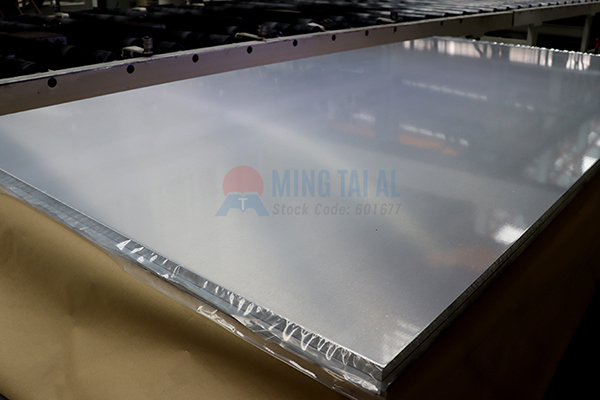Stock code: 601677
Stock code: 601677
5052 aluminum sheet thickness is a key parameter in aluminum sheet selection. Based on thickness, aluminum sheets are categorized into thin plates (below 1mm), standard plates (1-8mm), and medium-thick plates (above 8mm). This classification depends on processing methods—for example, sheets under 8mm can be cold-rolled at a lower cost, while thicker sheets require hot-rolling. The specific thickness ranges are as follows (unit: mm): thin plate (0.15-2.0), standard plate (2.0-6.0), medium plate (6.0-25.0), thick plate (25-200), and ultra-thick plate (above 200).
The price of aluminum sheets is directly related to thickness. Standard plates (1.0-8.0mm) offer the most cost-effective pricing, while thin plates (below 1mm) involve higher processing costs. Sheets exceeding 8mm require hot-rolling from ingots, leading to material loss and higher equipment expenses, making them more expensive.
For sheets under 1mm, flatness is critical. Small manufacturers lacking tension-leveling equipment may struggle to ensure flatness. Therefore, buyers should opt for large-scale producers like Mingtai Aluminum, which use professional equipment to guarantee high precision.
The rolling process is not solely determined by thickness. Thin sheets can be produced via cold-rolling or further processing of hot-rolled coils. However, sheets over 8mm must be hot-rolled, as cold-rolling cannot achieve such thicknesses.
While 5052 aluminum sheets have standardized thickness tolerances, customizing tighter tolerances can reduce costs. Always choose reputable suppliers (e.g., Mingtai Aluminum) to avoid substandard products.
